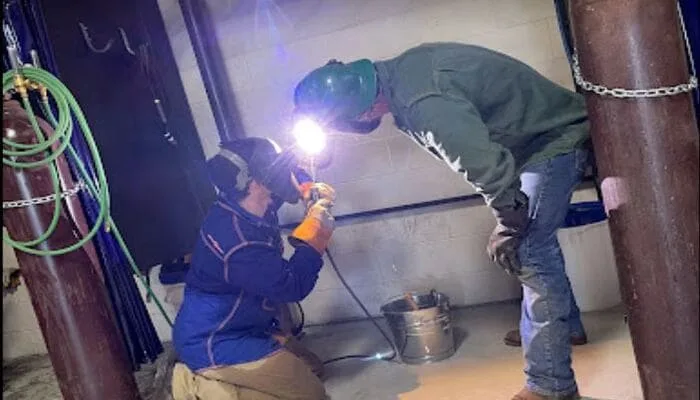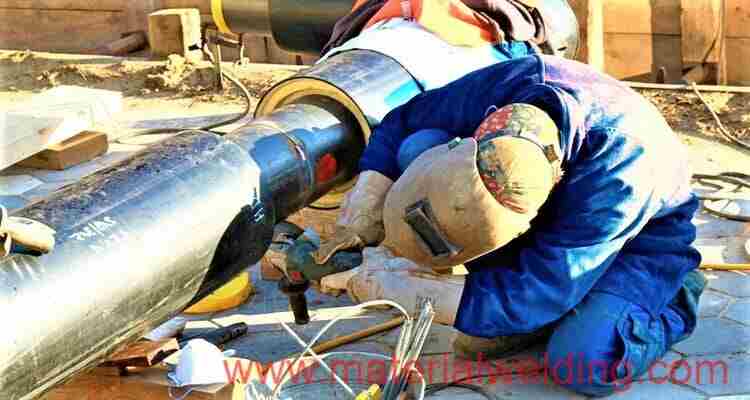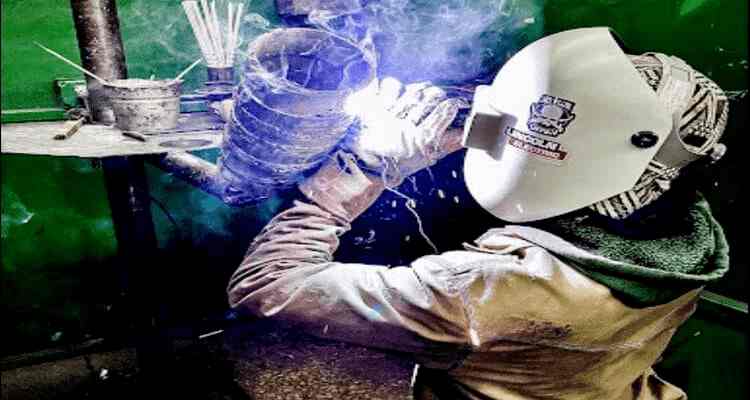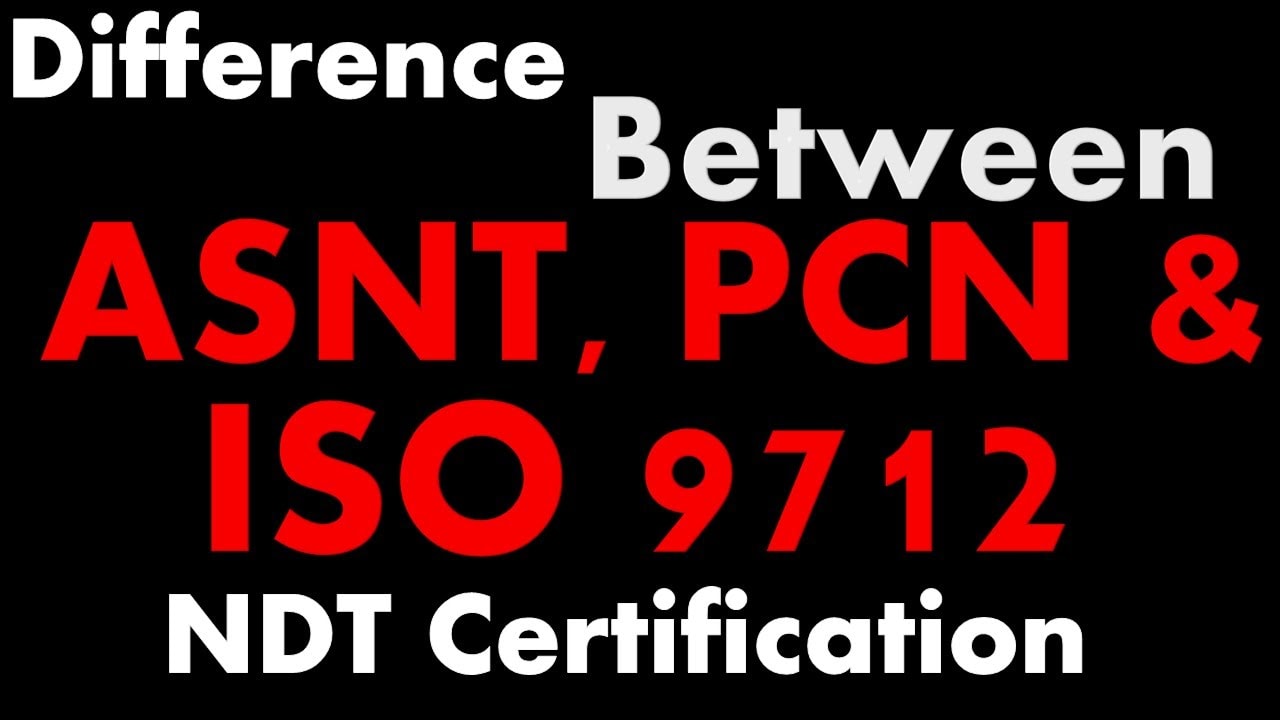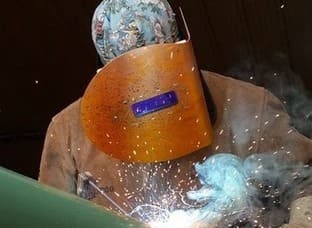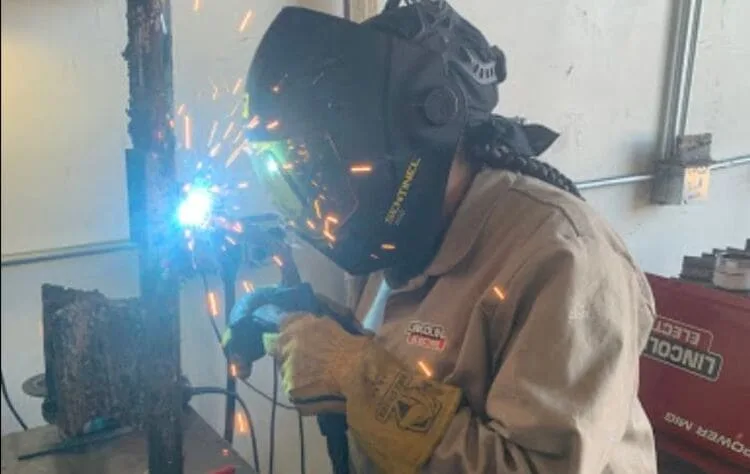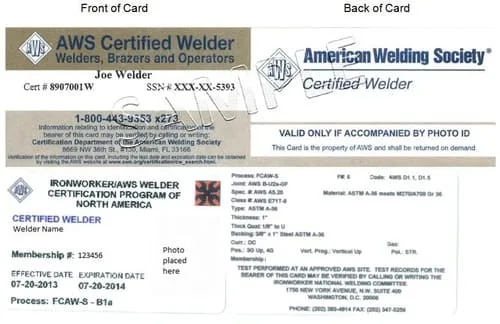How to Get a Welding Certificate?
Welding is a skilled trade that can lead to a good paying career. Welders are in high demand in many industries, including construction, manufacturing, and shipbuilding. If you’re interested in a career in welding, one of the first steps you’ll need to take is to get a welding certificate.
To help you get started, we’ve put together this guide on how to get a welding certificate. We’ll cover everything from the pre-requisites for enrolling in a welding program to the testing and certification process.
What is a Welder Certificate?
A Welder Certificate is a document that certifies an individual’s competency and qualifications in the field of welding. It serves as proof that the individual has successfully completed a welding training program or apprenticeship and has acquired the necessary skills and knowledge to perform welding tasks safely and effectively.
There are a number of different welding certification programs available, so you’ll need to choose one that’s right for you.
The specific requirements for obtaining a Welder Certificate may vary depending on the country or region. Generally, it involves a combination of theoretical instruction and practical hands-on training. The training program typically covers topics such as welding techniques, safety procedures, blueprint reading, metallurgy, and welding codes and standards.
After completing the training program, the individual may need to pass a written examination and demonstrate their welding skills through practical tests. Once they meet the requirements, they are awarded a Welder Certificate, which can be used to demonstrate their qualifications to potential employers or clients.
Pre-Requisites for Enrolling in a Welding Program
There are a few things you’ll need to have before you can enroll in a welding program. These include:
- A high school diploma or equivalent
- Physical capability to do welding work
- Good eyesight and hand-eye coordination
- Mechanical aptitude
Welding Schools in the USA
- 5 Best Welding Schools in the USA
- Best Welding Schools in Tulsa, Oklahoma
- Underwater Welding Schools
Choosing a Welding Program
Once you’ve met the pre-requisites, you can start to research welding programs. There are a number of different factors to consider when choosing a program, such as:
- Your career goals (what type of welding you want to do)
- The cost of the program
- The length of the program
- The accreditation of the program
Enrollment and Coursework
Once you’ve chosen a welding program, you can enroll and start taking classes. Welding programs typically include a mix of classroom instruction and hands-on training. The coursework will cover topics such as:
- Welding safety and equipment operation
- Different welding processes (stick, MIG, TIG, flux-cored, etc)
- Hands-on welding practice
- Welding symbols and blueprint reading
- Metallurgy
Testing and Certification
After you’ve completed the coursework in your welding program, you’ll need to take a welding certification test. The test will be administered by an organization like the American Welding Society (AWS).
The AWS offers a variety of welding certification tests, each of which is designed to test your skills in a specific welding process. To earn a certification, you’ll need to pass the test with a score of 70% or higher.
Codes & Standards for Welding Certifications
Here are the main codes and standards for welding certifications:
• AWS (American Welding Society) – The AWS publishes the D1.1 structural welding code, which is widely used for structural and pressure vessel welding. The AWS also offers welding certifications and credentials.
• ASME (American Society of Mechanical Engineers) – The ASME publishes the Boiler and Pressure Vessel Code, Section IX which contains welding requirements for pressure vessels. The ASME also offers welding certifications.
• API (American Petroleum Institute) – The API publishes welding codes and standards used in the oil and gas industry, such as API 1104 for welding pipelines.
• ISO (International Organization for Standardization) – The ISO publishes welding standards used internationally, including ISO 9606 for welder qualification testing.
• CWB (Canadian Welding Bureau) – The CWB develops welding codes and standards used in Canada, and offers welding certifications.
• ABS (American Bureau of Shipping) – The ABS publishes welding standards for the marine and offshore industries, and offers welding certifications.
The key certifications to look for are AWS, ASME, API, CWB and ABS welding certifications. The specific certifications required will depend on the industry and applications of the welding work. Following the relevant codes, standards and certification requirements is important to ensure welding quality and safety.
Average Welder Salary
The average salary for a welder can vary depending on factors such as experience, location, industry, and qualifications. However, as of my knowledge cutoff in March 2023, the average annual salary for a welder in the United States is around $44,000 to $52,000. Keep in mind that this is just an estimate, and salaries can vary significantly based on the factors mentioned earlier. It’s always a good idea to research the specific job market and industry in your area for the most accurate and up-to-date information.
Related Post:
Conclusion
Getting a welding certificate is a great way to start a career in welding. By following the steps in this guide, you can learn everything you need to know to get started.
Here are some additional tips for getting a welding certificate:
- Start early. The sooner you start working towards your welding certificate, the sooner you’ll be able to start your career.
- Get experience. In addition to taking welding classes, it’s also important to get as much welding experience as you can. You can do this by working part-time or volunteering for welding projects.
- Network. Attend welding trade shows and conferences, and connect with other welders in your area. This will help you stay up-to-date on the latest welding trends and technologies, and it will also help you build your network of professional contacts.
With hard work and dedication, you can achieve your goal of getting a welding certificate. Welding is a rewarding career that can lead to a good paying job.

